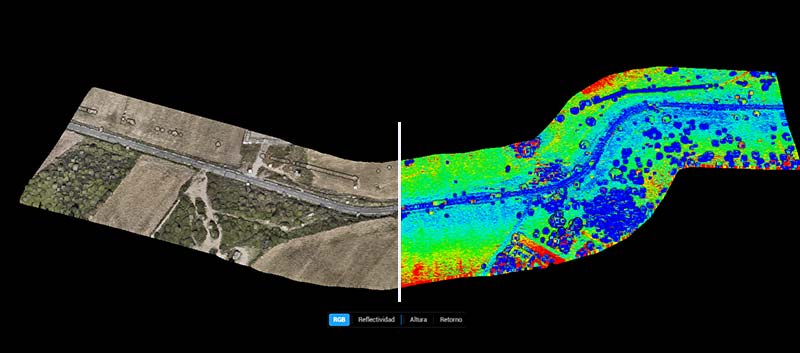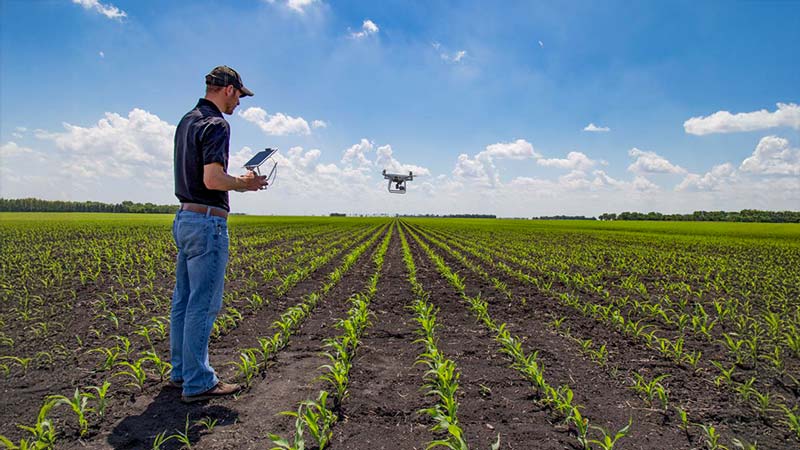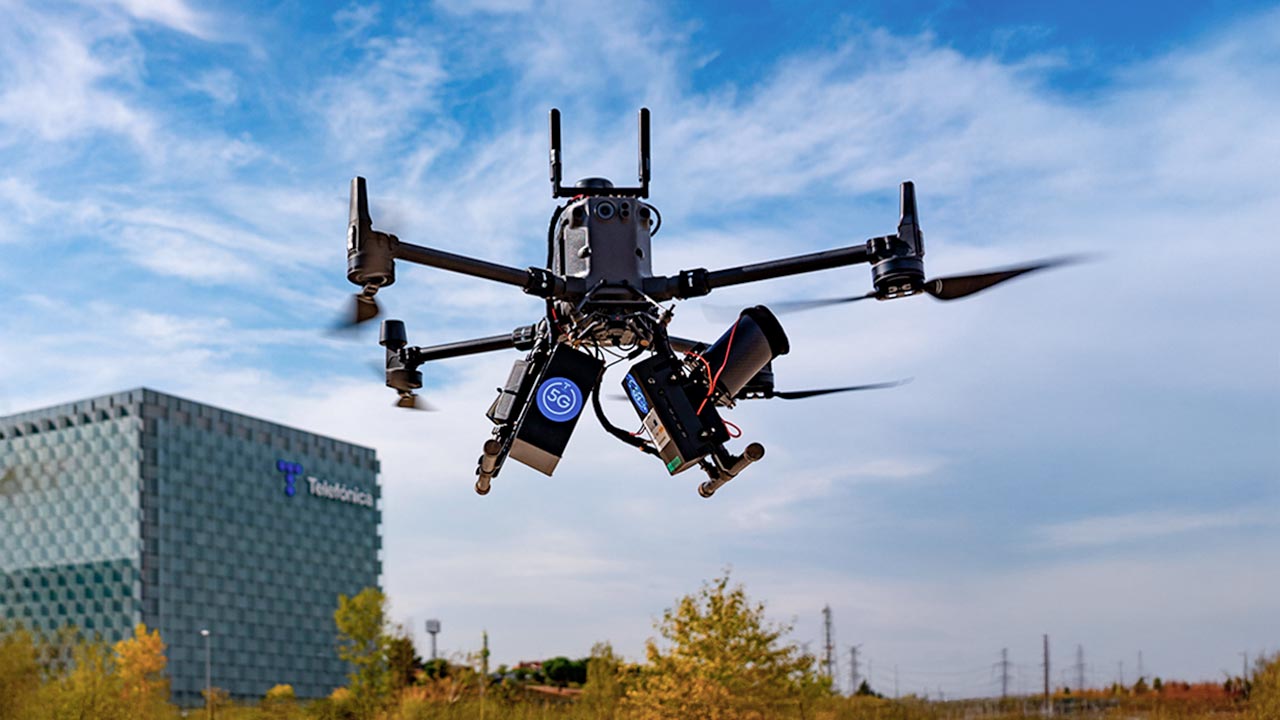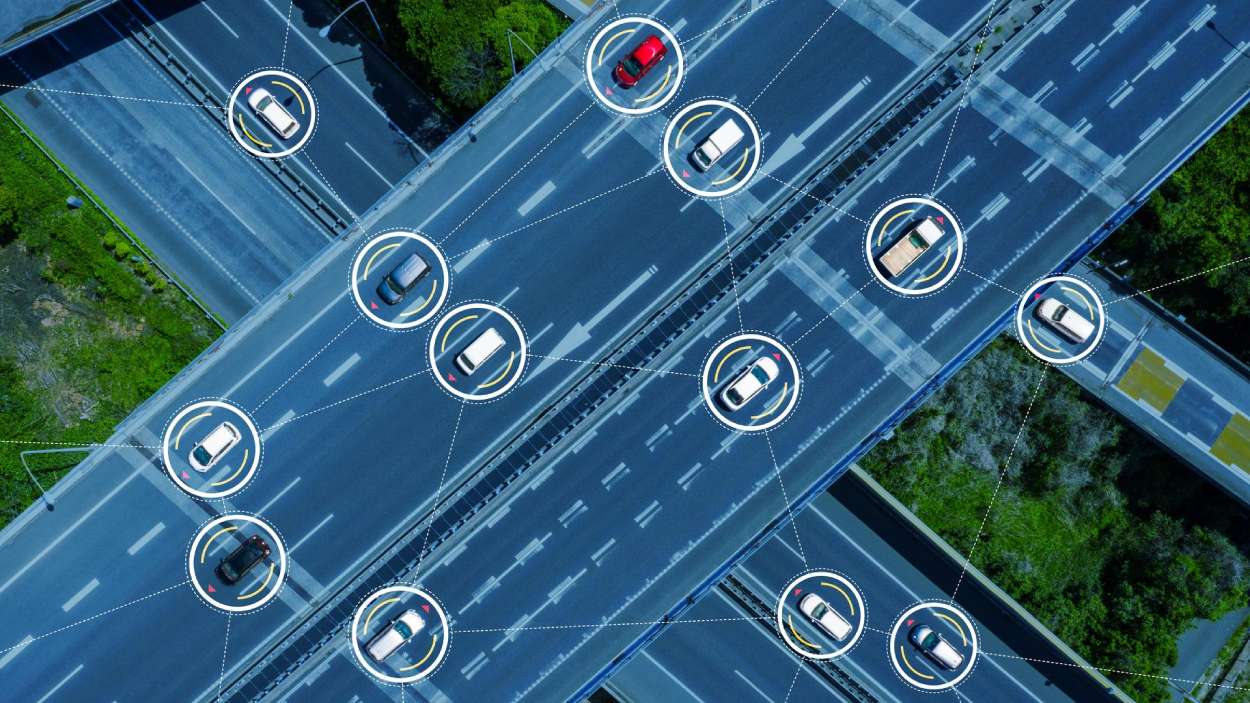Drones powered by AI and 5G connectivity will transform the future
Digital technology continues to pave the way for companies to optimize operations, protect the environment, and improve people’s lives. One of the most promising innovations in this realm is drone use. These unmanned aerial vehicles (UAVs), when integrated with advanced technologies like AI and next-generation connectivity, have the potential to revolutionize entire industries by providing unprecedented monitoring capabilities, efficient goods delivery, and rapid response in emergency situations.
In recent years, AI development has enabled drones to achieve remarkable autonomy. Equipped with machine learning algorithms and pattern recognition systems, these devices can analyze massive data sets in real-time, make critical decisions, and perform complex tasks without human intervention.
This technology is set to enhance operational efficiency and unlock new opportunities in agriculture, logistics, security, and disaster management.
Furthermore, drones’ ability to operate in hazardous or inaccessible environments makes them invaluable tools for managing natural disasters. They can be deployed quickly to assess damage, search for survivors, and deliver essential supplies to areas affected by earthquakes, floods, or wildfires.
Use cases for connected drones
Road inspection
Infrastructure inspection has seen a technological leap with drones, and Telefónica Tech is playing an active role in this transformation. Through a pilot project, we demonstrated how drones can enhance road inspection and traffic accident management.
By combining our technology with IoT (Internet of Things) connectivity solutions, we’ve enabled drone flights several kilometers beyond visual range. This approach not only speeds up response times to accidents but also optimizes road safety by providing a rapid, precise assessment of the incident scene.
Drones are transforming how we interact with our environment and manage resources.
One of their most notable benefits is providing a comprehensive aerial view, which proves invaluable in investigating and analyzing complex accident scenes. The simultaneous inspection of several kilometers of road with LiDAR technology (which uses laser light to create precise 3D images of the environment) allows drones to capture highly accurate data for planning infrastructure improvements.
 In addition to road imagery, LiDAR-equipped drones emit laser light that reflects off surfaces, creating detailed 3D images of the surroundings. Images: Telefónica Tech.
In addition to road imagery, LiDAR-equipped drones emit laser light that reflects off surfaces, creating detailed 3D images of the surroundings. Images: Telefónica Tech.
This project demonstrates our commitment to road safety and efficient infrastructure management, representing a significant advancement in transportation infrastructure administration. Initiatives like these showcase the potential of drone technology and point toward a future where urban mobility and management are increasingly interconnected and optimized.
Firefighting drones: The new forest rangers
Equipped with thermal cameras and advanced sensors, drones can detect fire hotspots at an early stage, enabling a rapid and effective response. They are also capable of operating under extreme conditions and in challenging terrains, providing real-time information to emergency teams on fire spread and affected areas.
Their versatility and autonomy make drones indispensable allies for forest rangers, who now have access to a technological tool that extends their reach and effectiveness in protecting the environment.
Drone swarms
In this context, drone swarms represent a significant advancement in UAV technology, enabling multiple drones to work in coordinated, autonomous teams. Inspired by natural behaviors, such as bee swarms or flocks of birds, these systems use advanced algorithms and connectivity to allow drones to communicate with each other and a central platform in real time.
Swarming drones continuously share information, relaying data about their location, obstacles, and targets. This constant interaction enables them to adapt quickly to environmental changes and adjust their actions without human intervention.
AI algorithms analyze shared data to coordinate drone tasks, ensuring they work efficiently toward a common objective.
Benefits of drone swarm
The autonomous, adaptive nature of these systems makes them valuable tools in complex and dynamic situations. Drone swarms are particularly useful for operations that require precision and speed, such as monitoring critical infrastructure, conducting search and rescue missions, or overseeing high-risk areas. Some key benefits include:
- Coordinating and collaborating to work together, sharing information and making real-time decisions.
- Reacting to and adapting to environmental changes without human intervention.
- Covering large areas efficiently and performing complex tasks with high accuracy.
How drone swarms operate
Drones within a swarm are interconnected through networks that facilitate real-time communication among themselves and with a central platform. Using sensors and computer vision systems, drones perceive their surroundings and share information about location, obstacles, and targets.
This coordination is achieved through AI algorithms that rapidly analyze data to assign specific tasks to each drone and adjust their movements as needed. This setup allows them to react to environmental changes autonomously, enhancing efficiency and accuracy in complex operations.
Drone light shows have transformed events and celebrations, surpassing traditional fireworks displays with LED light choreographies that illuminate the night sky. These shows stand out for their precision and safety, enabling intricate configurations without the risk of fire or pollution. They can also adapt in real-time to specific themes or weather conditions, creating an exclusive, personalized visual experience.
Telefónica Tech’s industrial drones
Telefónica Tech offers an innovative proposition in the field of drones and industrial UAVs, focusing on developing advanced solutions for various industries. Our Kite management platform integrates IoT and 5G technology to enable real-time monitoring and control, enhancing operational efficiency and safety.
Our industrial drones are designed for a broad range of applications, including critical infrastructure inspection, security surveillance, and environmental management. Equipped with high-precision sensors and AI systems, these drones can autonomously detect and analyze data, providing valuable insights for decision-making.
 Drone used by an agronomist in the field.
Drone used by an agronomist in the field.
In addition to advanced monitoring capabilities, Telefónica Tech’s proposal emphasizes interoperability and scalability. The Kite platform allows different types of drones and IoT devices to work together in a coordinated manner, facilitating integration with other enterprise systems and optimizing workflows. This adaptability and scalability ensure that our drone solutions can grow alongside our clients' evolving needs.
Conclusion
The adoption and ongoing development of drones, industrial drones, and drone swarms represents a technological revolution with the potential to transform multiple sectors of our society. From natural disaster management to infrastructure inspection and road safety, these advanced tools offer efficient, precise, and rapid solutions to complex problems.
Drones' ability to operate in difficult environments and quick deployment make them uniquely suited to tackle critical challenges.
Additionally, drone swarms, with their autonomous coordination and adaptability, prove to be a fundamental innovation in dynamic, high-demand situations. AI and IoT and 5G connectivity expand their applications, offering smarter, more effective oversight and response.
Only by fully embracing this technology can we ensure we’re maximizing the opportunities it presents, moving toward a safer, more efficient, and technologically advanced future.
 Hybrid Cloud
Hybrid Cloud Cyber Security & NaaS
Cyber Security & NaaS AI & Data
AI & Data IoT & Connectivity
IoT & Connectivity Business Applications
Business Applications Intelligent Workplace
Intelligent Workplace Consulting & Professional Services
Consulting & Professional Services Small Medium Enterprise
Small Medium Enterprise Health and Social Care
Health and Social Care Industry
Industry Retail
Retail Tourism and Leisure
Tourism and Leisure Transport & Logistics
Transport & Logistics Energy & Utilities
Energy & Utilities Banking and Finance
Banking and Finance Sports
Sports Smart Cities
Smart Cities





